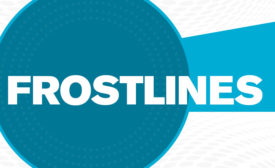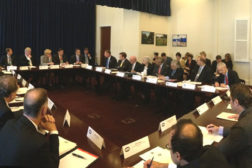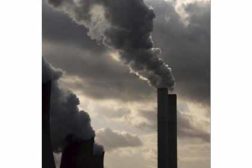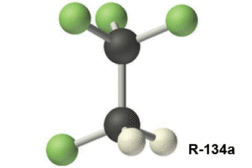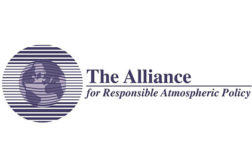Home » Refrigerant Phasedown
Articles Tagged with ''Refrigerant Phasedown''
The known — even if difficult — is always easier to face than the unknown
Read More
Manufacturers Assess Summer R-22 Supplies
Weather, Demand Could Alter Stability, Price, and Availability
Read More
EPA Finalizes R-22 Phaseout Timeline
New and Imported R-22 Supplies Set to Decrease Annually Until Production is Prohibited in 2020
Read More
Thieves Target R-22 as EPA Phaseout Threatens Supply
Security Measures Crucial as Phaseout Deadline Draws Near
Read More
HVAC Industry Lays Out Refrigerant Plan
AHRI Asked the Government to Set the Objectives and Work Together with Industry
Read More
China Reveals Energy Plan Slashing HFC Use
Government Intends to Accelerate the Destruction of HFCs and Pursue Alternatives
Read More
European HFC Producers Support Global Phase-Down under Montreal Protocol
EFTC Calls for a Reduction in HFC Consumption
Read More
New Era Group Files Appeal
Group Challenges EPA's Production, Importation of HCFC-22
April 28, 2014
Alliance Supports Inclusion of HFCs in Montreal Protocol
Organization Also Names Board of Directors
April 21, 2014
Copyright ©2025. All Rights Reserved BNP Media.
Design, CMS, Hosting & Web Development :: ePublishing
